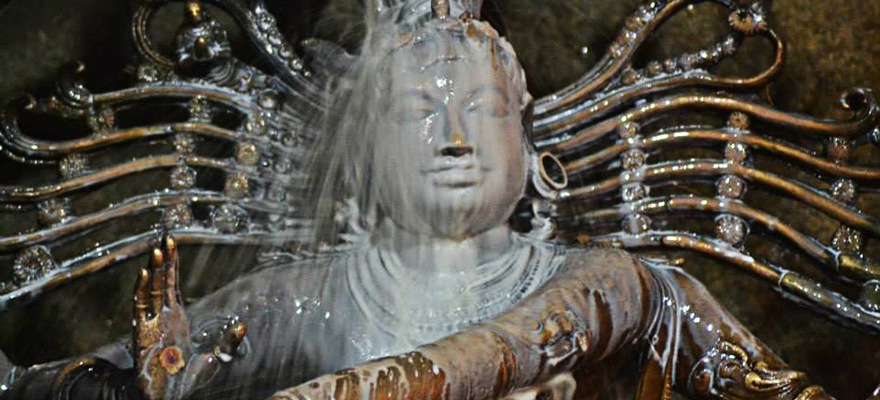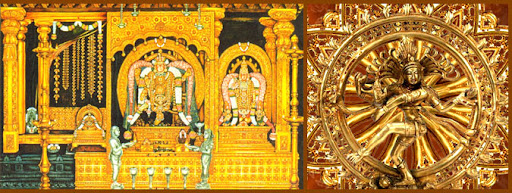
In olden times, a king named Singavarman gave up his throne to become a saint. In the forests of Thillai (Chidambaram), he met Vyaghrapadar and Patanjali, and shared with them his vision of Siva’s tandavam.
Upon their advice, he had a sculptor named Namasivaya Muthu, create two murtis of Siva – one each in gold and copper.
Siva, not wanting His murti to be in gold, changed it to copper, and eventually this murti was taken to Chepparai (in Tamil, Cheppu, Seppu or Sembu refers to copper, and hence the name of the place), and installed at the temple there.
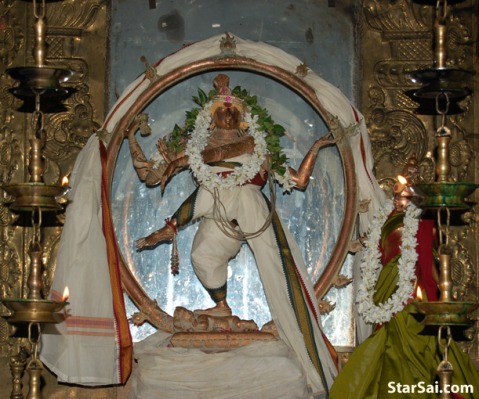
Later, two Pandya kings – Veerapandyan and Ramapandyan – saw the murti and asked the sculptor to create two more – one each for the temples at Kattarimangalam and Tirunelveli (Nellaiappar temple).
Upon seeing the completed murtis, Veerapandyan had the sculptor’s hands chopped off, to prevent him from creating more such murtis, as he wanted its beauty and workmanship to be unsurpassed.
Of the two new sculptures, one was taken to Kattarimangalam and installed there. The other was taken towards Tirunelveli by a group of people, but they could not proceed, because the Tambraparani river was in spate.
Fearing for their lives, they left the murti on the banks of the river and ran away, much to the disappointment of the king. Later, this murti was discovered by local villagers, who took it to their temple.
Around that time, the king Ramapandyan had a dream in which the Lord Himself informed him of the location of the murti, telling him to build a temple where he would find it. This happened to be at Karisuzhnthamangalam, where the king constructed the temple in due course.
However, the kings did not account for the ingenuity of the sculptor Namachivaya Muthu. Due to the Lord’s grace, he was able to equip himself with wooden appendages to replace his cut hands, and made one final murti, which is the one located at the Soundara Pandeeswarar temple in Karivelankulam.

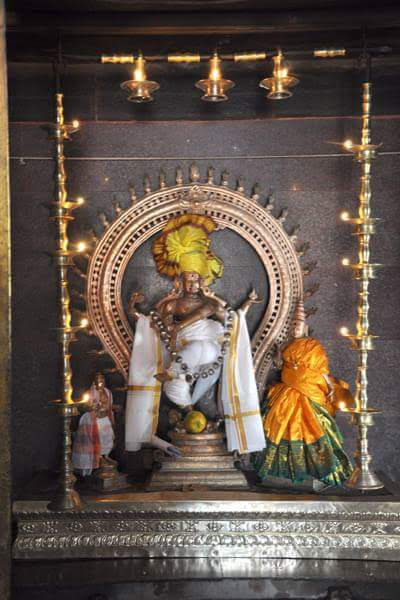
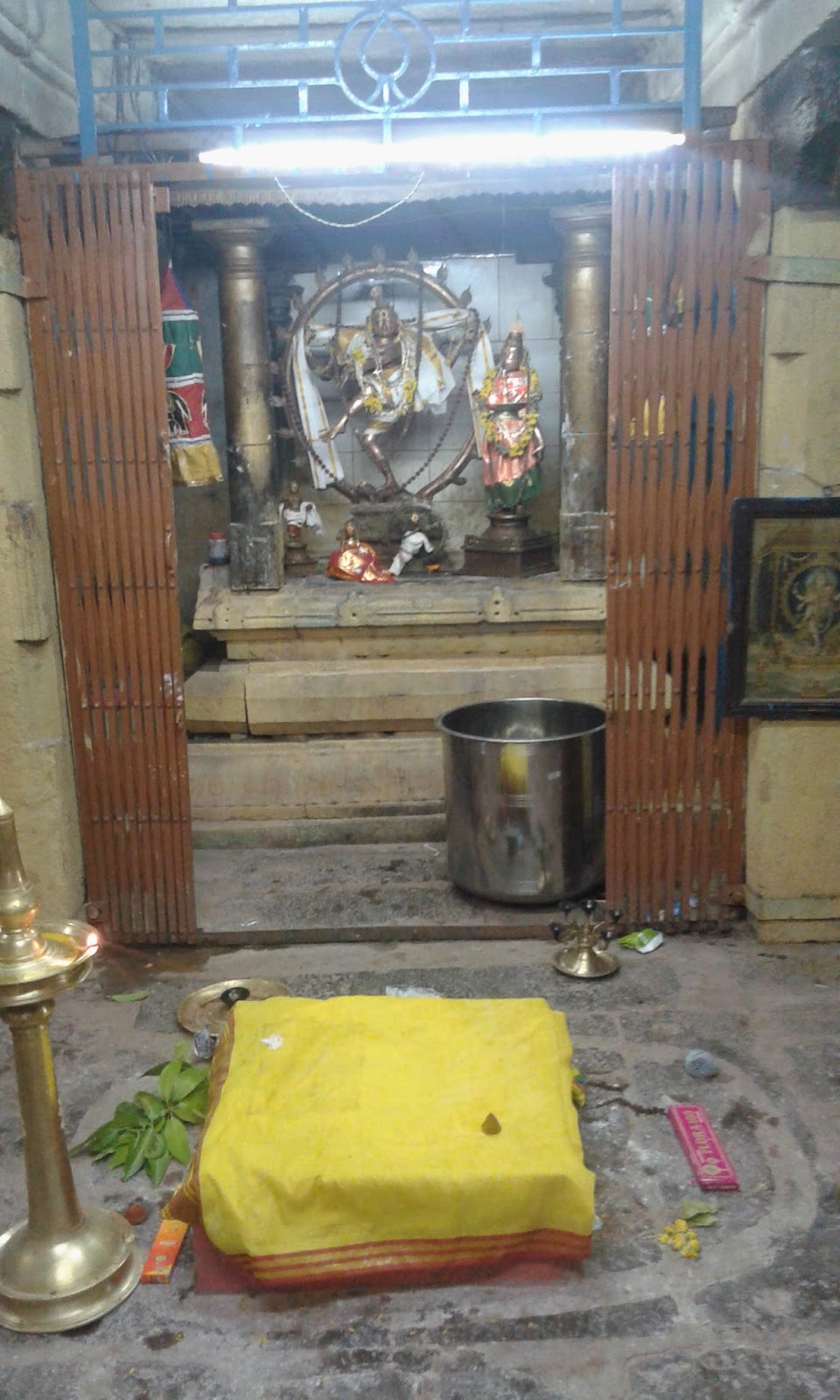
Whether one believes the story or not, it is evident that all five murtis are exquisite pieces of work and great craftsmanship. While the five temples housing the Pancha Natarajar murtis are a spread over a wide area, it is worth a visit to each of these temples just to see the craftsmanship of these murtis.
End note: I have only visited Karivelankulam so far, and am yet to visit the others. I expect to do so shortly, after which I will update those temple links as well.
